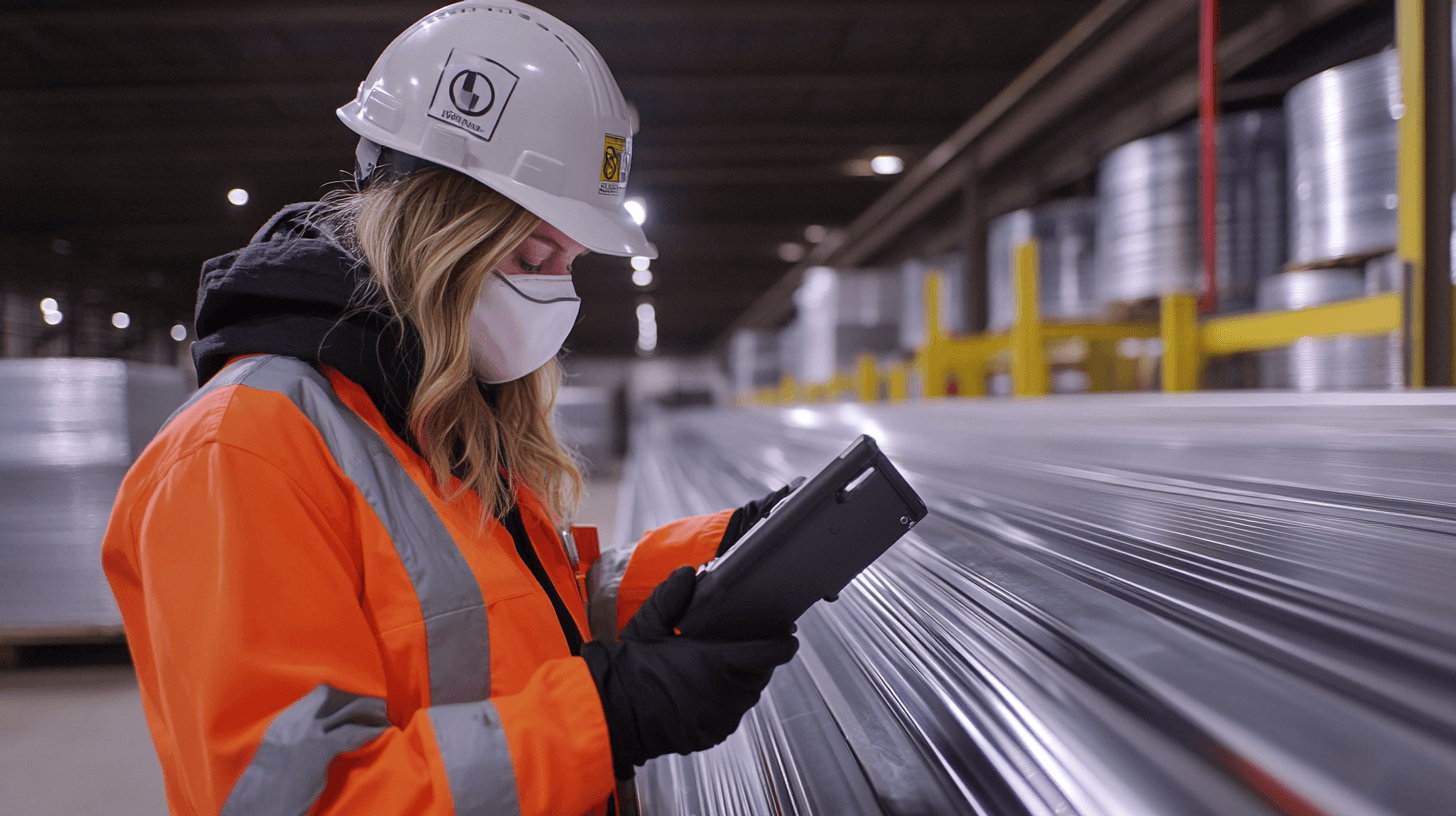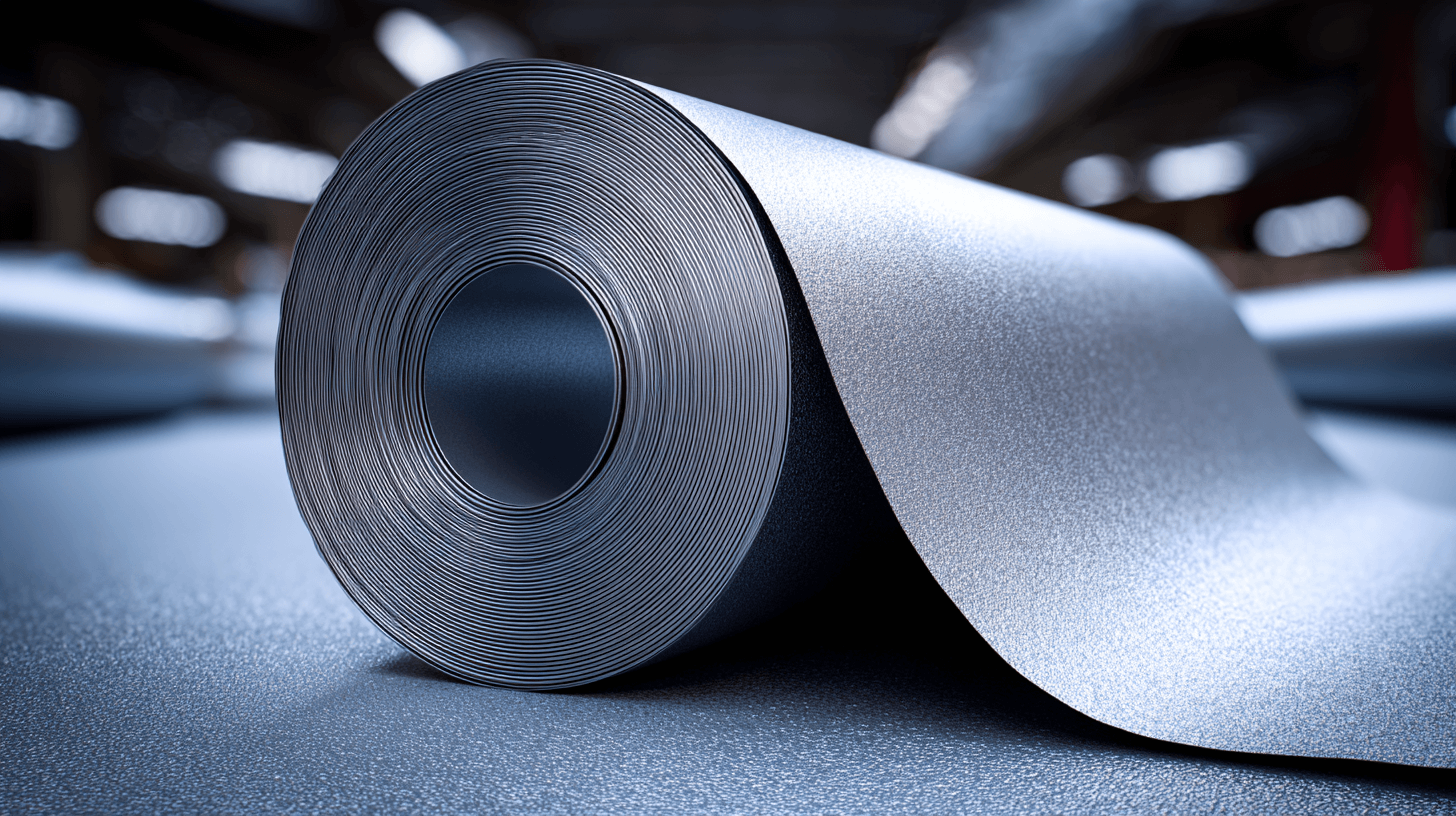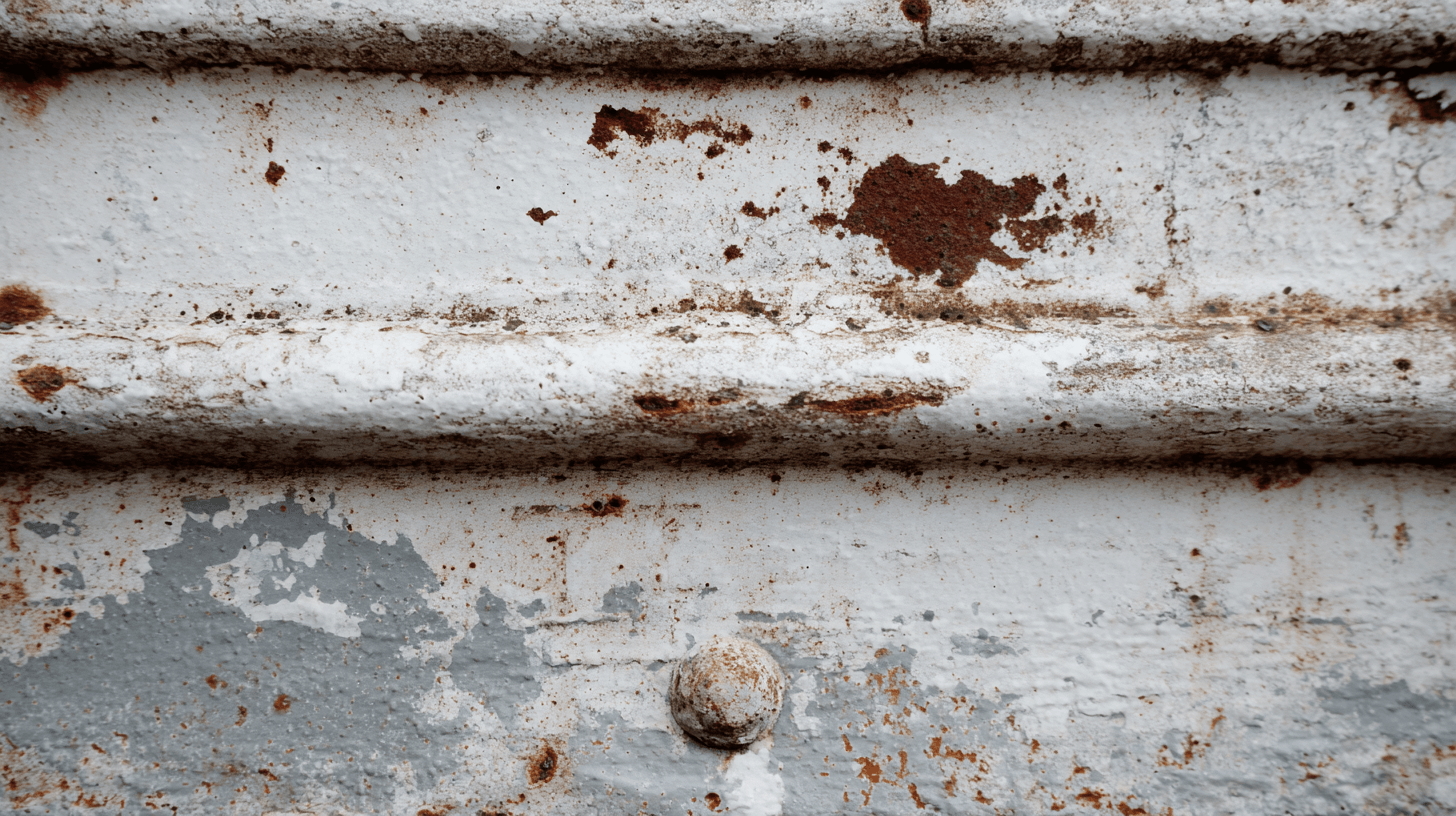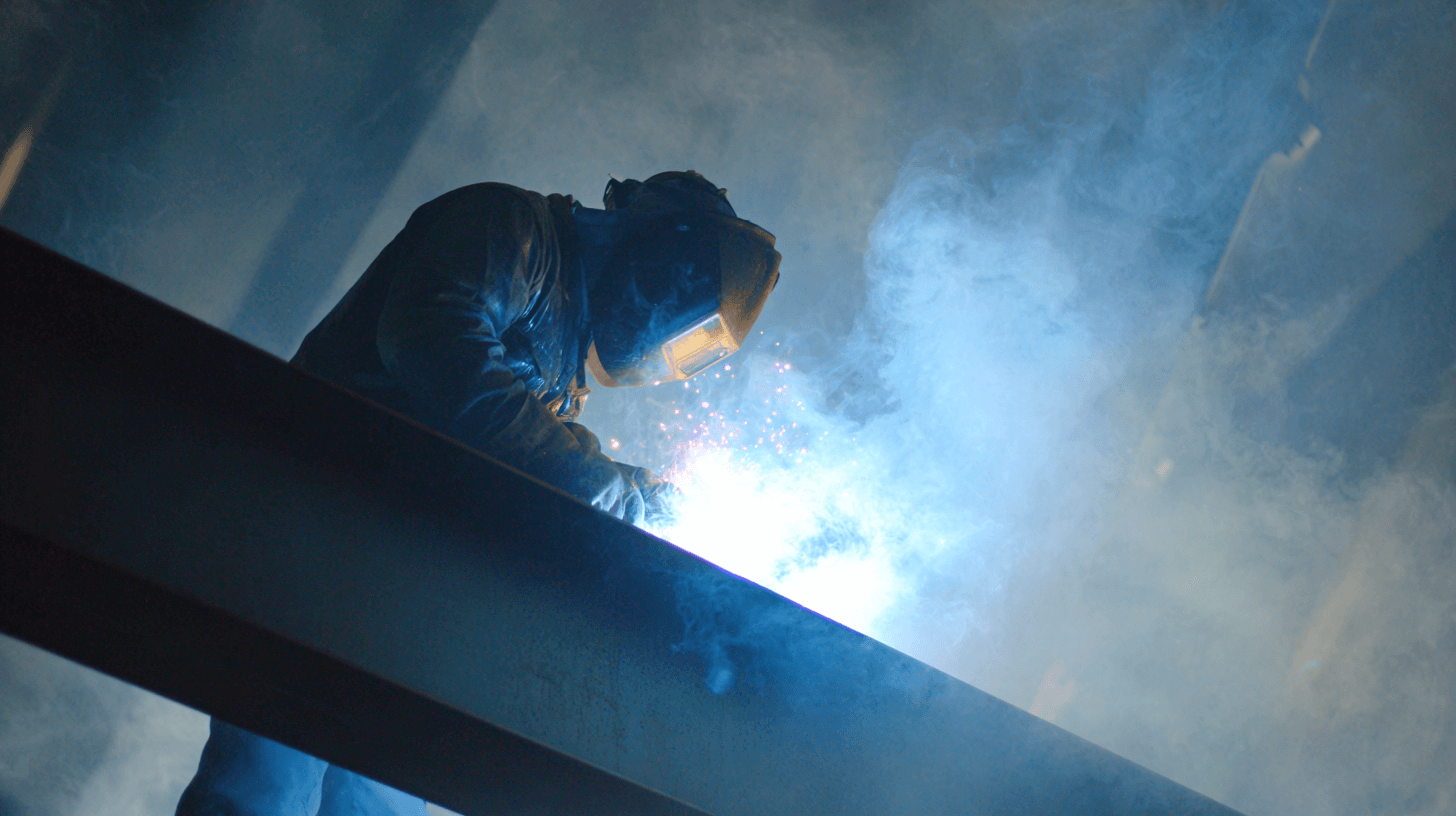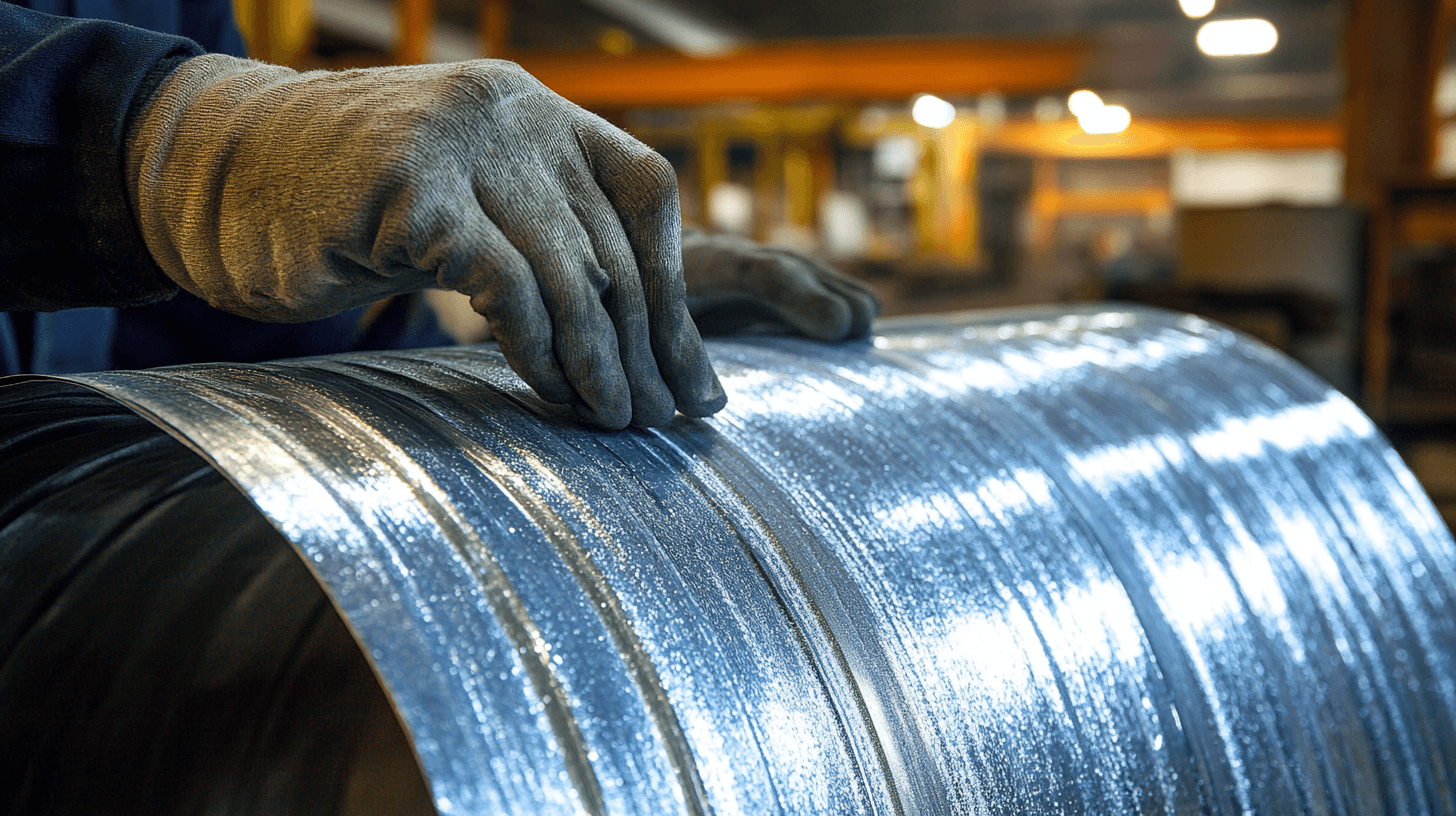The “Con” Argument: Practical Disadvantages of Galvanized Steel and Mitigation Strategies
While the benefits are significant, galvanized steel is not a perfect, “set-it-and-forget-it” material. Its drawbacks are real and present significant buildability challenges. An expert specifier does not ignore these cons; they anticipate and manage them through intelligent design and on-site protocols.
Con: Galvanic Corrosion (Bimetallic Corrosion) – The Specifier’s Pitfall
This is one of the most common and costly errors in design. Galvanic corrosion is an electrochemical process that occurs when two dissimilar metals are in electrical contact in the presence of an electrolyte (like rainwater, seawater, or even moisture).
The “less noble” (more anodic) metal will sacrifice itself to protect the “more noble” (more cathodic) metal. An analysis of the galvanic series, which ranks metals by their nobility, shows that zinc (galvanized steel) is a highly anodic material. Materials like stainless steel, copper, and bronze are highly cathodic (noble).
Modern architectural design often celebrates the mixing of materials: a raw galvanized steel facade fastened with “superior” stainless steel bolts, or a galvanized roof paired with elegant copper downspouts. These common design choices are, in fact, actively creating corrosion cells. When rainwater washes over the copper and onto the galvanized steel, or when the stainless bolt is in direct contact with the galvanized panel, the zinc will rapidly sacrifice itself, leading to localized, accelerated failure of the coating.
Mitigation Strategy: The solution is to break the electrical circuit. This is a critical detailing requirement. Specifiers must call for non-conductive insulators to be placed between the dissimilar metals. This includes:
- Neoprene or nylon washers and bolt sleeves.
- Insulating pads, tapes, or greases between lapping surfaces.
Table 2: Simplified Galvanic Series in Seawater (Relative Nobility)
| Nobility | Metal | Corrodes (Anodic) or Protects (Cathodic)? |
| Most Noble (Cathodic) | Graphite, Platinum | Protected |
| ▼ | Stainless Steel (316, 304 – Passive) | Protected |
| ▼ | Copper, Bronze, Brass | Protected |
| ▼ | Lead, Tin | Protected |
| ▼ | Mild Steel, Cast Iron | Corrodes (if paired with above) |
| ▼ | Aluminum Alloys | Corrodes |
| Least Noble (Anodic) | Zinc (Galvanized Steel) | Corrodes (Sacrifices itself) |
| ▼ | Magnesium | Corrodes |
| Source: Synthesized from | | |
Con: On-Site Fabrication Hazards: Welding, Cutting, and Metal Fume Fever
On-site modifications—welding, torch-cutting, or grinding—are often unavoidable during construction. When galvanized steel is heated to welding temperatures, the zinc coating (which boils at $907^\circ\text{C}$ / $1665^\circ\text{F}$) vaporizes, creating a plume of zinc oxide fume.
Health Risk: Inhaling these fumes is a serious occupational hazard that can cause Metal Fume Fever. This is an acute, flu-like illness with symptoms including fever, chills, nausea, headache, and coughing. While symptoms are debilitating, they typically resolve within 24-48 hours.
Code & Safety (The Actionable Rule): This is a legal compliance issue for contractors. Per the U.S. Occupational Safety and Health Administration (OSHA) in 29 CFR 1910.252(c)(2), mechanical ventilation is required during welding or cutting of zinc-coated metals if:
- The space is less than 10,000 cubic feet (283 m³) per welder, OR
- The ceiling height is less than 16 feet (5 m).
In practice, this applies to almost all indoor or confined-space welding. For the architect, developer, and contractor, this means on-site welding of galvanized steel will be slower, require more specialized PPE (respirators, local exhaust ventilation), and thus be more expensive than welding bare structural steel. This must be factored into construction schedules and budgets.
Con: Material Handling and Storage: How to Prevent “White Rust”
A common and frustrating job-site issue is the appearance of a chalky, white residue on newly delivered galvanized materials. This is known as “white rust” or wet storage stain.
Definition: White rust is zinc hydroxide, a bulky, white corrosion byproduct.
Cause: It forms when newly galvanized surfaces—which have not yet formed their stable, protective zinc carbonate patina—are exposed to moisture (rain, condensation) without adequate airflow. The most common cause is nested or bundled items (like sheets of roofing, light-gauge studs, or decking) being delivered to a site, tightly strapped, and left in the rain. Water wicks between the surfaces, and the lack of air (carbon dioxide) prevents the normal patina from forming, resulting in the rapid formation of zinc hydroxide. This is a logistical and scheduling problem, not a material defect. The material is at its most vulnerable in the time between delivery and installation.
Mitigation Strategy:
- Store bundles in a dry, well-ventilated location.
- Elevate bundles off the ground on wood blocking (dunnage).
- Elevate one end of the bundle slightly to allow for drainage.
- Cut metal shipping bands to allow air circulation between nested pieces.
- Never cover bundles with plastic or tarps that are sealed. This traps moisture and causes condensation, making the problem worse. If covering is necessary, it must be ventilated.
Con: On-Site Repairs: Repairing Cut Edges and Welds per ASTM A780
The cathodic protection of zinc only “heals” small scratches. Large uncoated areas, such as a weld zone where the coating was burned away or a torch-cut edge, are fully vulnerable to rust and must be repaired to restore the design’s intended service life.
The Standard: The process for repairing damaged galvanized coatings is governed by ASTM A780/A780M, “Standard Practice for Repair of Damaged and Uncoated Areas of Hot-Dip Galvanized Coatings”.
The Process:
- The area must be cleaned to bare, bright metal.
- A zinc-rich paint (often called “cold galvanizing”) is applied by brush or spray.
- Critical Specification: This paint must meet the standard, which typically requires the dried film to contain 97% zinc.
- The paint must be applied to a thickness equal to or greater than the original coating to provide equivalent protection.
The architect’s specification must include a clause requiring all on-site repairs of galvanized members to conform to ASTM A780.

